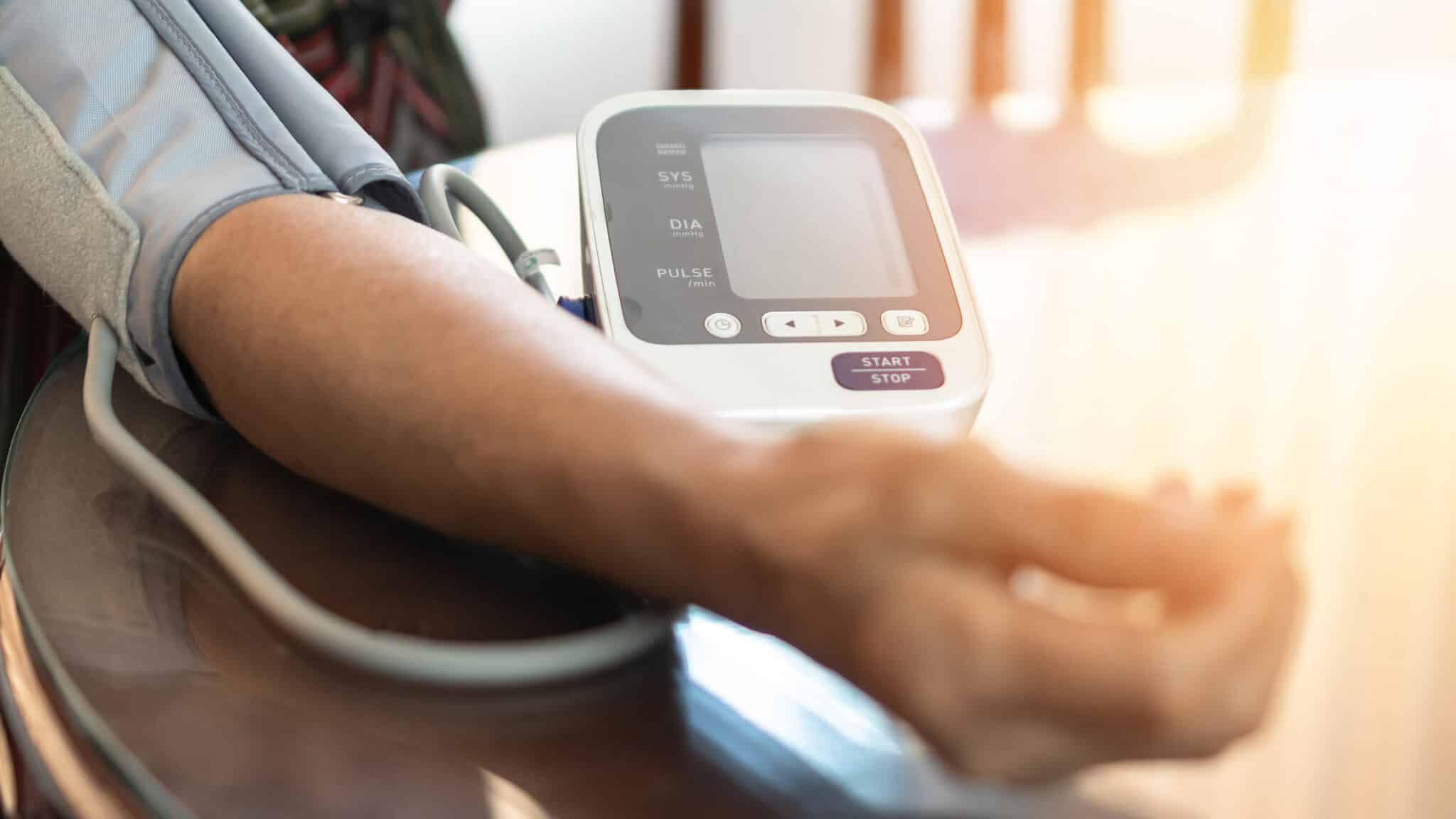Why a Routine Blood Pressure Test Could Save Your Life
High blood pressure, often called the silent killer, affects millions of people around the world—and many don’t even know they...

High blood pressure, often called the silent killer, affects millions of people around the world—and many don’t even know they have it. That’s what makes a routine blood pressure test so important. It’s quick, painless, and highly effective in detecting early warning signs of cardiovascular issues. But more importantly, it could be the test that saves your life.
In this blog, we’ll explore what a blood pressure test involves, why it matters for your overall health, and how routine monitoring can help you take control before serious complications arise.
What Is a Blood Pressure Test?
A blood pressure test measures the force of your blood pushing against the walls of your arteries. It’s typically recorded as two numbers:
- Systolic Pressure (top number): The pressure when your heart beats.
- Diastolic Pressure (bottom number): The pressure when your heart rests between beats.
Normal blood pressure is usually around 120/80 mm Hg. Readings consistently higher or lower than this can be a sign of underlying health issues.
Why Blood Pressure Matters
Your blood pressure plays a key role in your cardiovascular health. If it’s too high (hypertension), it puts added strain on your heart and arteries. Over time, this can lead to:
- Heart disease
- Stroke
- Kidney failure
- Vision loss
- Cognitive decline
Conversely, low blood pressure (hypotension) can cause dizziness, fainting, and even shock in extreme cases.
The blood pressure test is your first line of defense in catching these issues early.
The Silent Nature of Hypertension
One of the most dangerous aspects of high blood pressure is that it often comes with no symptoms until significant damage has been done. You could feel perfectly healthy and still be at serious risk.
This is where the value of a routine blood pressure test becomes clear. By identifying elevated levels early, you and your healthcare provider can take steps to control it through lifestyle changes or medication—before it leads to something more dangerous like a heart attack or stroke.
How Often Should You Get a Blood Pressure Test?
The frequency of testing depends on your age, risk factors, and current health status:
- Adults aged 18–39 with normal readings: Every 3–5 years
- Adults aged 40+ or those at high risk: Annually
- People with hypertension or heart conditions: As advised by your doctor—possibly monthly or more often
Even if you’re young and healthy, a baseline blood pressure test helps track changes over time.
Benefits of Routine Blood Pressure Testing
Here’s how routine testing could truly save your life:
1. Early Detection of Hypertension
Catching high blood pressure early allows for quicker intervention, reducing long-term risks.
2. Tracking Treatment Effectiveness
If you’re already on medication or a new diet plan, regular tests show whether it’s working.
3. Preventing Heart Attacks and Strokes
A blood pressure test is one of the most reliable predictors of future heart issues.
4. Supporting Healthy Lifestyle Choices
Routine checks encourage patients to maintain a heart-healthy lifestyle—like eating better, exercising, and reducing stress.
5. Peace of Mind
Knowing your numbers can give you confidence and reduce anxiety about your health.
Where to Get a Blood Pressure Test
You can get a blood pressure test in several places:
- Primary Care Clinics: Most routine physicals include a test.
- Cardiology Clinics: Especially useful if you have heart-related symptoms.
- Pharmacies: Many have walk-in kiosks or offer testing by staff.
- Home Monitoring Devices: Validated, automated cuffs are widely available for self-checks.
If you’re in NYC or any urban center, many cardiology consultants and urgent care centers offer quick and accurate blood pressure screening.
Who Should Be Most Concerned?
While everyone benefits from a blood pressure test, some groups are at higher risk:
- People over 40
- Smokers
- Those with a family history of heart disease
- People with diabetes, obesity, or high cholesterol
- Pregnant women (especially at risk for preeclampsia)
If you fall into any of these categories, your need for routine testing becomes even more critical.
Tips for Accurate Blood Pressure Test Results
To ensure your test reflects your true numbers, follow these simple tips:
- Avoid caffeine or nicotine 30 minutes before the test.
- Empty your bladder beforehand.
- Sit quietly for at least 5 minutes before the test.
- Rest your arm at heart level.
- Don’t talk during the reading.
If using a home monitor, take readings at the same time daily and log them for review by your doctor.
What Happens After an Abnormal Reading?
One abnormal blood pressure test doesn’t always mean you have hypertension. Your provider may:
- Recommend repeat testing over days or weeks
- Suggest lifestyle changes
- Order blood tests or imaging
- Prescribe medication if needed
The key is not to ignore an abnormal result. Addressing it early can prevent complications down the line.
Conclusion
A simple blood pressure test takes less than five minutes—but it can be one of the most important tools in your long-term health journey. Whether you’re monitoring your current condition or screening preventively, this test can reveal vital information that helps you avoid life-threatening events like strokes, heart failure, or kidney damage.
Don’t wait for symptoms to appear. Make blood pressure testing a routine part of your wellness plan—and encourage your loved ones to do the same.



